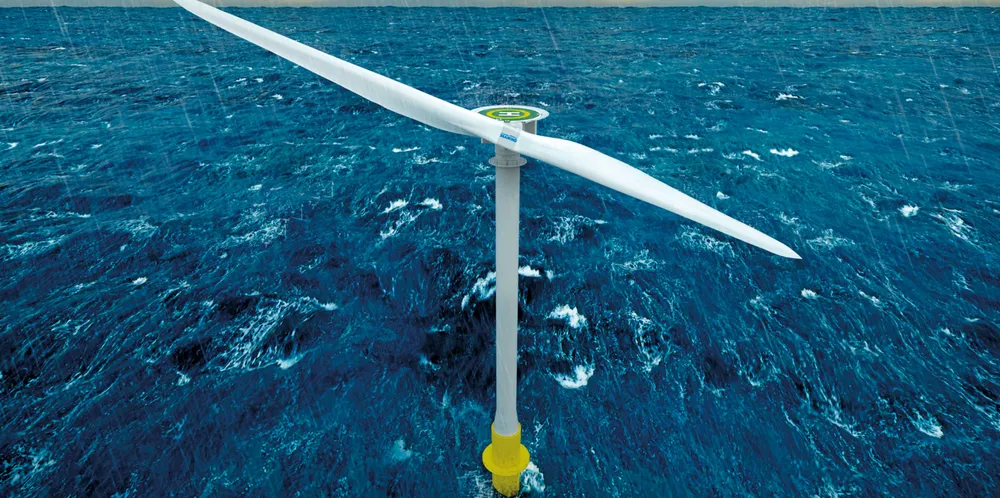World's largest floating wind-fuelled H2 hub in frame for Italian deepwater 'by 2027'
Developer Aquaterra Energy and offshore technology pioneer Seawind unveil plan to build HyMed project in the Mediterranean Sea with 1GW of H2 generation capacity

Developer Aquaterra Energy and offshore technology pioneer Seawind unveil plan to build HyMed project in the Mediterranean Sea with 1GW of H2 generation capacity
